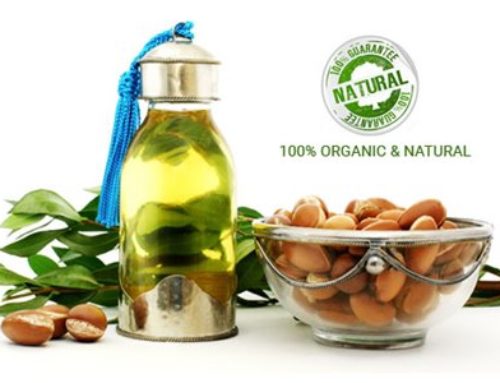Known as the “Tree of Life” to the Berbers for the many health benefits it brings, this spiny tree (Argania Spinosa) grows exclusively in the south-west of Morocco in the Souss Plain, where there are 21 million trees covering almost 800,000 hectares. As home to this rare and endangered species, the Argan forest was declared an International Biosphere Reserve by UNESCO in 1998.
The Argan tree can reach a height of between 8 and 10 meters and some have been known to live as long as 200 years. This endemic species begins to bear fruit around age 5 and reaches its maximum production capacity after 20 years. The root system extends to a considerable depth, which helps to protect against soil erosion and hold back encroachment by the Sahara Desert.
The tree bears hermaphrodite flowers which appear in May or June and are greenish yellow, or sometimes white. These are followed by the fruit. The fruit is an oval berry, the size and shape of a large olive, which contains a nut with one or two seeds.
One tree can produce an average of 10 kg of fruit per year.


Leave A Comment